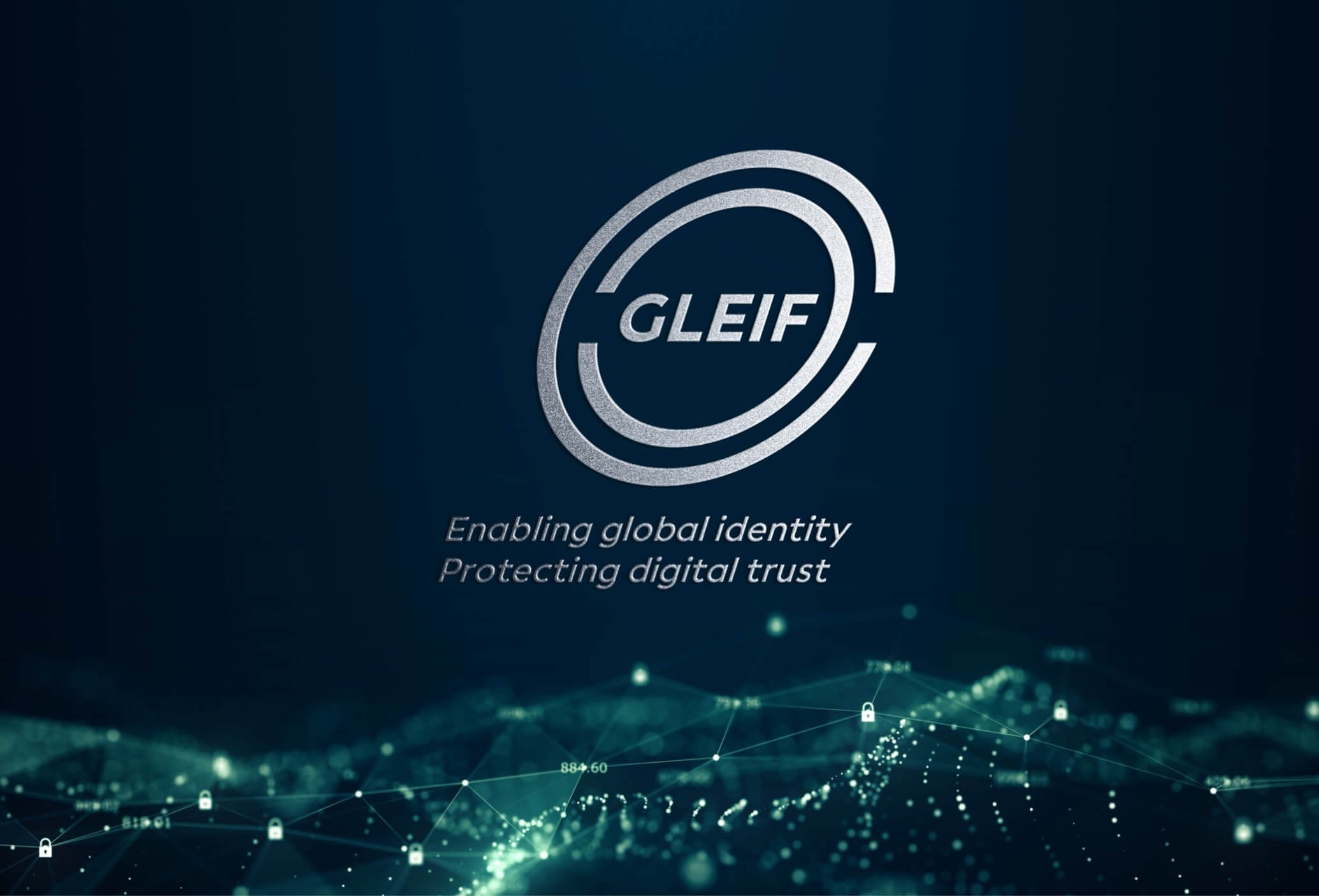Featuring the LEI
While the origin of the LEI is firmly rooted in financial services and regulation, its future undeniably points to universal applicability across public and private sectors, with relevance to organizations large and small. Regulations, recommendations, and evolving business cases across the globe present an opportunity for additional emerging sectors and ecosystems to benefit from the LEI and to see an immediate and positive impact.
In the fight against money laundering, terrorism financing, and other forms of financial crime, more than 200 financial regulators worldwide have to date mandated the LEI among legal entities engaging in capital markets. But GLEIF’s ambition for the LEI does not stop there. The Global LEI System is continuing to expand beyond regulated use and re-focusing to help organizations harness the LEI’s capability to bring greater trust, efficiencies, and transparency to trade of all kinds. Most notably:
- Cross-Border Payments
- Global Value Chains
- Digital Organizational Identity
- Sustainability Reporting and Environmental, Social and Governance (ESG)
- Artificial Intelligence Meets LEI
There is growing acceptance and support for the LEI’s value as a unique universal identifier across these sectors. Advocacy is advancing the LEI forward, enabling standardized entity identity, and promoting trust and transparency across the global economy.
Featuring LEI in:
Cross-Border Payments

The LEI enables cross-border payment transactions to become faster, cheaper, more transparent and more inclusive. It provides a standardized approach to identifying organizations globally, that can enable consumers, businesses and financial institutions to verify that funds are transferred across international borders to the correct entity.
Learn MoreDigital Organizational Identity

Industries worldwide are adjusting to the digitization of processes and transactions. Yet there is a fundamental principle that hinders this development: trust. How can an organization trust that a supplier located hundreds of kilometers away is who they say they are? How can individuals verify the authenticity of the organization receiving their personal data? A trusted process for confirming a stakeholder’s legal identity in a digital environment has become a foundational requirement; it enables the determination of ‘who’s who’ within a digital community.
GLEIF has pioneered a new form of digitized organizational identity to meet the global need for automated authentication and verification of legal entities across a range of industries. It is called the verifiable LEI (vLEI). By creating the vLEI, GLEIF has answered an urgent and unmet need. It has pioneered a multi-stakeholder effort to create a new global ecosystem for verifiable digital organizational identity.
Learn MoreGlobal Value Chains

A trusted and reliable method of identifying legal entities within digital environments is a vital prerequisite to secure, seamless, and well-functioning global value chains. The Global LEI System’s root of trust, which bridges national boundaries, is the organizational identity solution that will enable digital trade.
The LEI’s unique value propositions - machine readable, open, and easily integrated– means it can be used to reliably identify counterparties in milliseconds. The vLEI (verifiable LEI), the secure digital counterpart of an LEI, provides the trust and verifiability needed to create a verifiable supply chain. The vLEI provides an authentic digital identity to all businesses and persons acting on behalf of the businesses along the supply chain.
The Global LEI System supports the solid foundations needed for an efficient and successful global trading environment. It mitigates the risk of fraud and money laundering while supporting the financial inclusion of small and medium companies, helping to create a sustainable and responsible business environment.
Learn MoreSustainability Reporting and Environmental, Social and Governance (ESG)

Building a global climate information architecture requires a universal way to identify and authenticate the legal entities involved. Efforts to standardize ESG data continue to evolve, with industry experts highlighting that those identifiers that remain consistent and enable interoperability will be vital tools when seamlessly connecting financial and nonfinancial datasets with existing data infrastructures. Firms will be able to gain valuable insights much faster by adopting standard universal and persistent identifier rather than non-standard identifiers and datasets. By tagging entities with the LEI and using it as an ESG data connector, transparency can be increased for the reporting entity, related companies, and even for suppliers. Inclusion of the LEI in the due diligence checklist by ESG ratings and data products providers can help to assess the information and screen inconsistencies during the pre-validation phase and contribute to investors, informing their investment decisions.
LEARN MOREArtificial Intelligence Meets LEI

Publicly available, high-quality, and electronically accessible company data is the foundation upon which we can combat illicit finance and address hidden risks in financial markets and global supply chains, as well as the criminal use of companies, particularly as business operations become more automated. The Financial Action Task Force (FATF) has identified data-sharing and data standardization as key approaches to addressing the lack of transparency. Together, these enable the advanced analytics needed to support effective anti-money laundering (AML) and counter-terrorist financing (CFT) initiatives across borders. Automating the process of identifying an entity’s legal form can lower risk, create transparency, and increase operational efficiency by enabling straight-through processing (STP) capabilities.
LEARN MORE